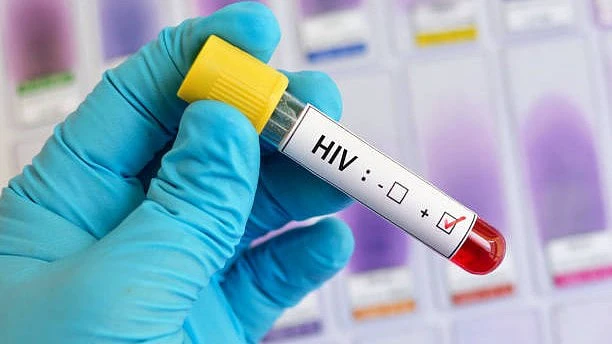Mumbai: India has not just participated in the global response to acquired immunodeficiency syndrome (AIDS) but has shaped it, said Mumbai-based Dr Ishwar Gilada, the Secretary General of People’s Health Organisation-India, the first person in the country to raise alarm against AIDS way back in 1985.
However, he said that the focus should now be to eliminate vertical transmission of human immunodeficiency viruses (HIV) by 2030.
“India’s quiet, consistent strength has enabled real progress on the ground. Let the world acknowledge a truth long overdue: India has not just participated in the global AIDS response – it has shaped it,” said Dr Gilada on the eve of World AIDS Day (WAD), which falls on 1 December.
Dr Gilada is the President Emeritus, AIDS Society of India and Governing Council Member and Focal Point for Asia-Pacific, International AIDS Society.
“India provides an annual course of ART for Rs 6,141 ($69) as against Rs 9,30,340 ($10,452) by the innovators, that’s 0.7 per cent of global cost,” he said.
On the India situation, he said the “India HIV Estimations 2024” report- the 6th edition of “Sankalak,” that focuses prevention, detection, and treatment, shows, India has an estimated 2.6 million adults and children living with HIV (includes 70,000 children), with 64,000 new infections, and Sadly, there were 35,870 AIDS-related deaths in 2023 and 32,000 deaths in 2024 – four every hour.
“An Intensified IEC Campaign was launched in August 2024, to enhance knowledge about HIV/STIs, promote safe practices, and reduce stigma. In the journey towards goals of ending, one of the earlier milestones has to be elimination of mother to child transmission (MTCT) of HIV, but despite progress, is far from this goal. That doesn’t even need change in behaviour unlike sexual mode of transmission,” he said.
“Coverage of pregnant women who receive medicines to prevent MTCT was 64 per cent. While 80 per cent screening is good, it’s still below universal coverage. This means some pregnant women with HIV may remain undiagnosed. Even when women are identified, ensuring they stay on lifelong ART, adhere well, and complete the full MTCT package (antenatal care, delivery care, infant follow-up) remains a challenge. With a 24 per cent estimated vertical transmission rate (in a modelling report), there’s still a large gap to reach the elimination targets. is another ‘missed opportunity’. Rather we should completely eliminate vertical transmission of HIV by 2030,” he said.
“Though we have set our goals high, we are little far from achieving the targets. New targets- Zero New Infections, Zero Deaths and Zero Discrimination against PLHIV by 2030! PLHIV must have access to HIV testing and treatment. Laws and policies should help end the stigma and discrimination faced by them and by key populations. India’s HIV/AIDS ACT 2017 should not remain a toothless weapon, looking at the theme of this WAD,” he said.
